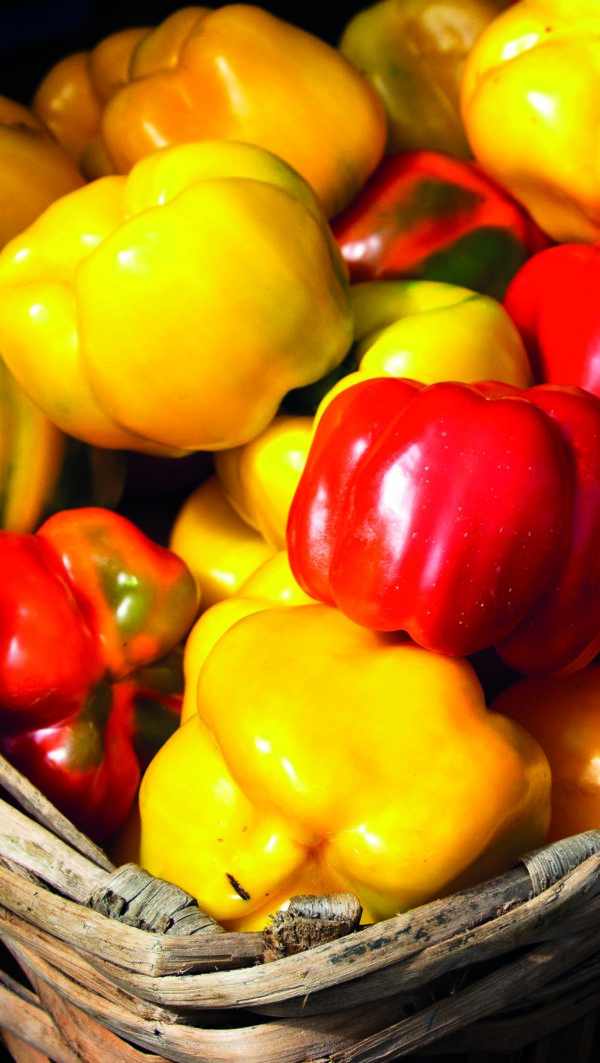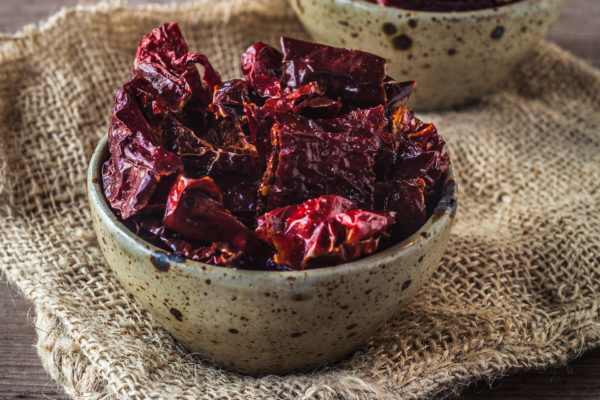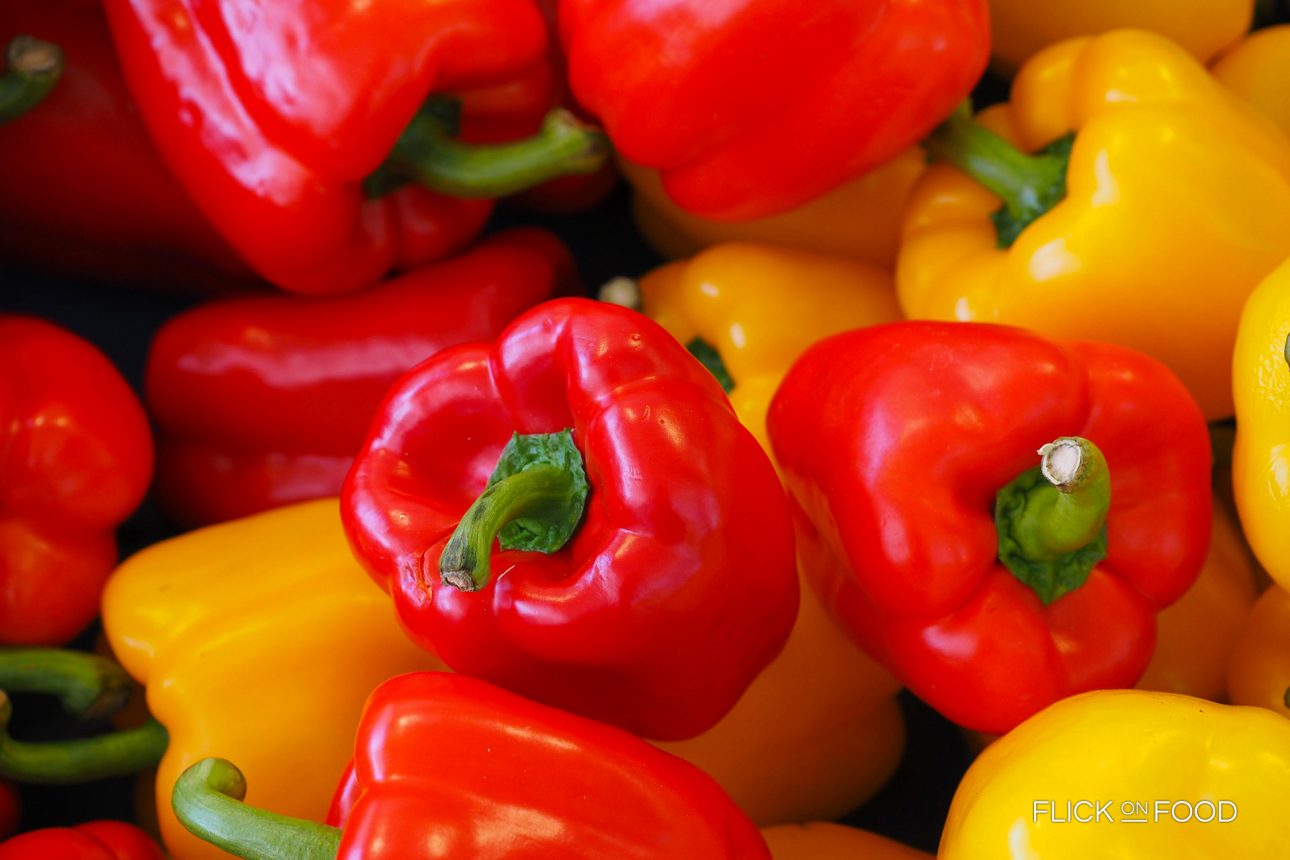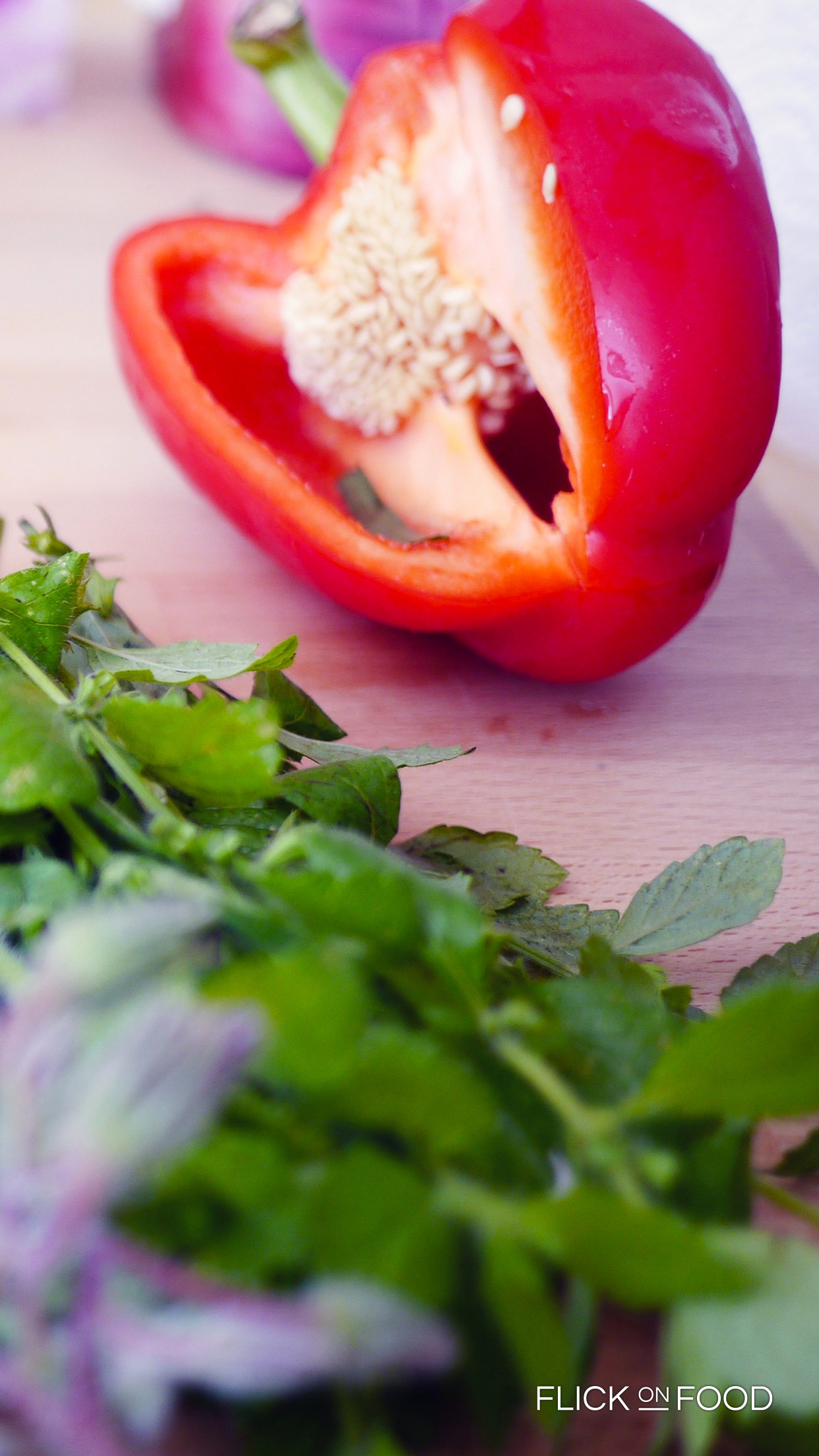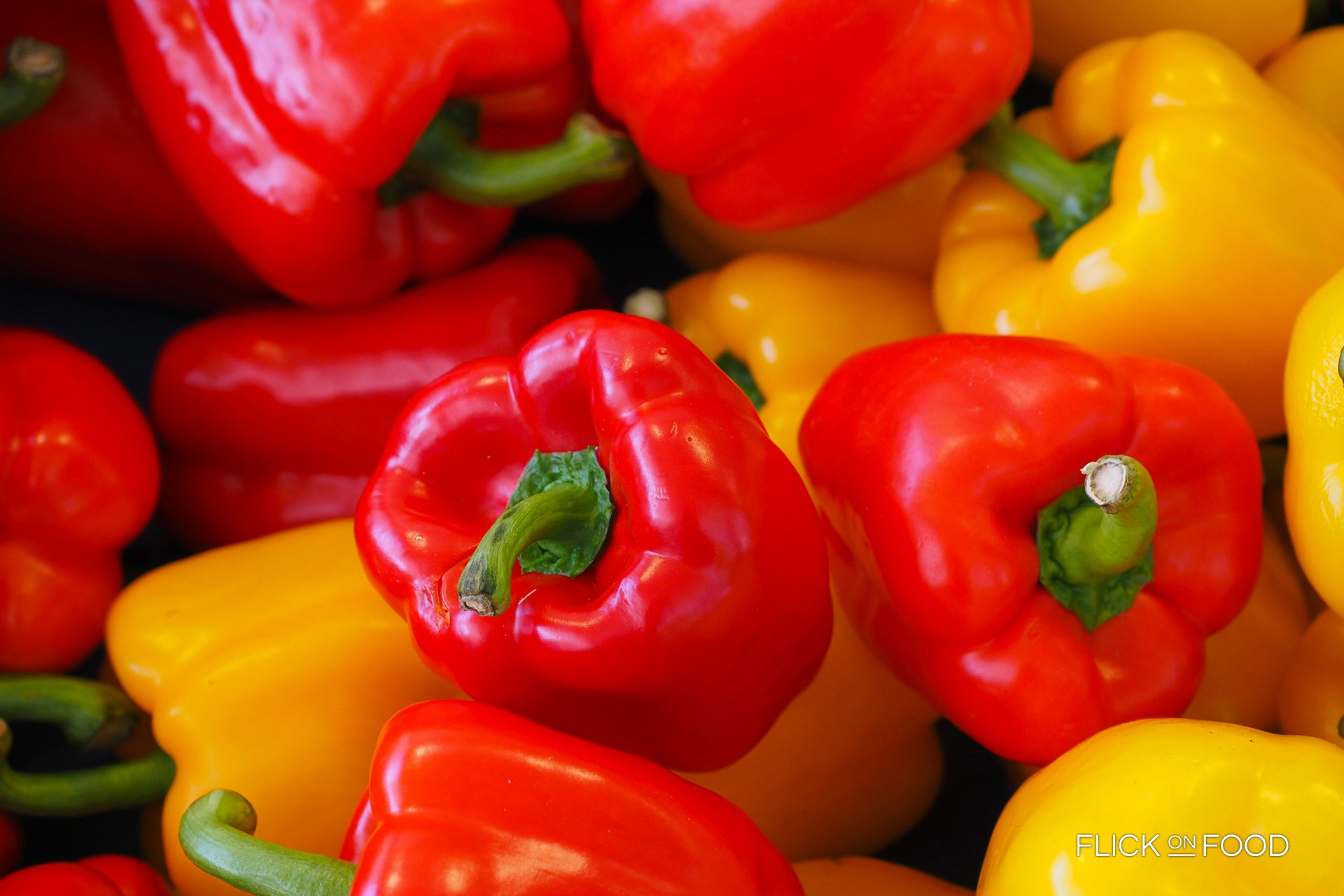
Pepper means summer: fresh from June to August! Taste in a greek salad.
Origin
Pepper belongs to the Solanaceae family and, as chili pepper, is called Capsicum L. Originally from South America, particularly from Brazil and Jamaica, it arrived in Europe during the XVI century. Initially it was used just as an ornament, and Leonardo Da Vinci used to dry and pest them, to then use peppers as a colorant for his frescos. Soon enough, it became a popular food, especially in the Mediterranean area, where it adapted perfectly to the local cuisine. In Naples, it was used as sauce for pasta before tomatoes gained the upper hand. Today is a common food in many recipes around the world. Its production is still very spread in Latin America, but it is cultivated also in Asia, Spain, Turkey, Nigeria and South Italy.
Cook It
There are many varieties of pepper and they can change by shape, color and taste. It can be sweet or spicy, but careful! Even if the variety we commonly buy is the sweet one, it might still be spicy! Usually, the green pepper is the first picked up, and is more peppery, red is sugary and yellow is sweeter and tender. It’s always better to taste it before cooking it… pepper can be roasted, peeled, fried, stewed or boiled. It’s perfect cut in stripes and then fried a bit with some oil in a pan. Or you can prepare the classic peperonata, stewing it on low fire, sautéed some garlic and onions and then add tomato puree. And if you feel like changing, why don’t you try gazpacho or a cold soup?
Did you know
If eaten raw, pepper is perfect if you are on a low calories diet, because it is full of water. It is also full of antioxidants, minerals and potassium, but what makes it really special, is the high concentration of C vitamins! They have more than citrus have. Surely peppers are not so easy to digest, especially for the ones that suffer from gastritis or acid reflux, but if you peel it, you’ll surely be able to eat them more often!



